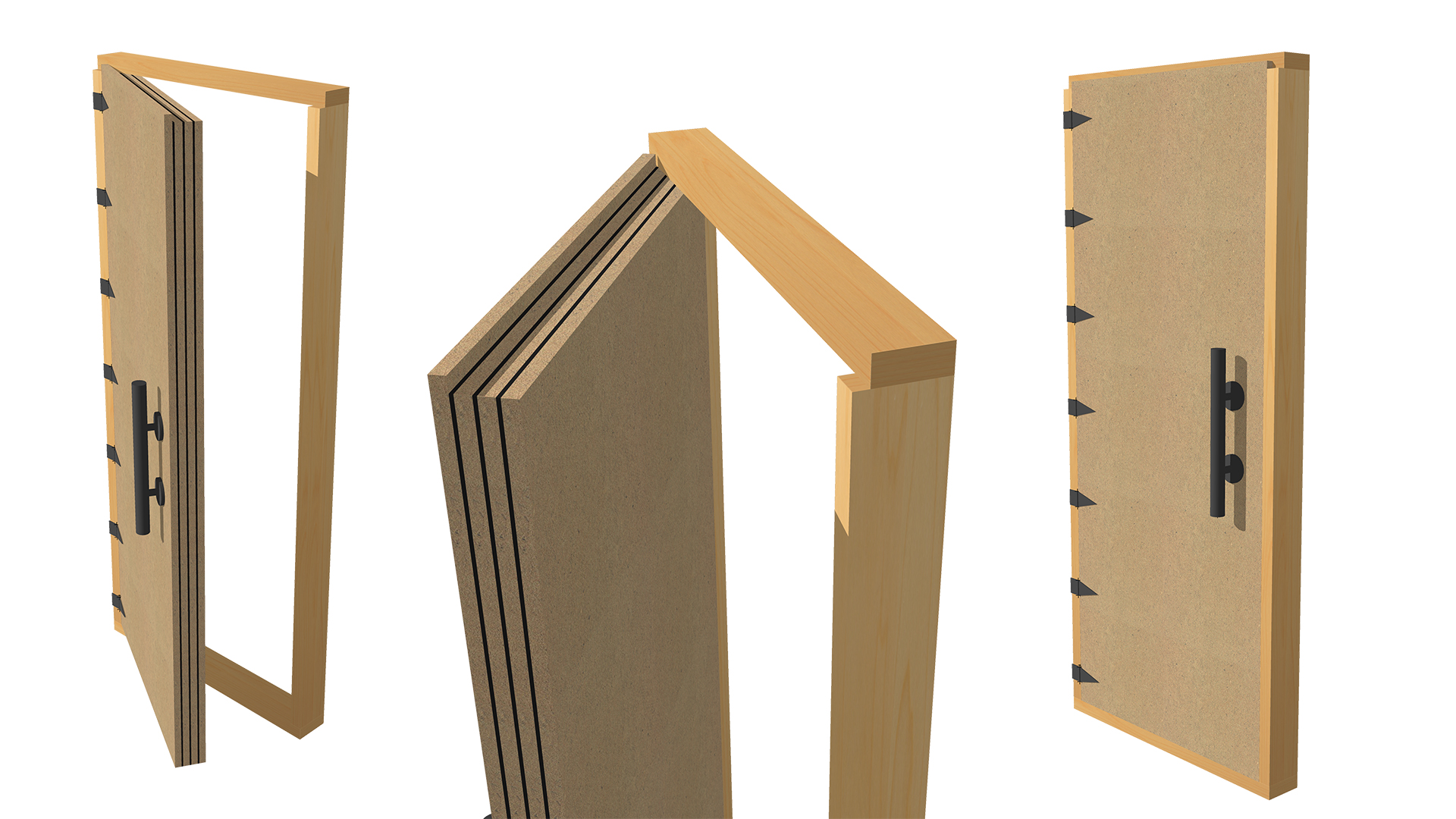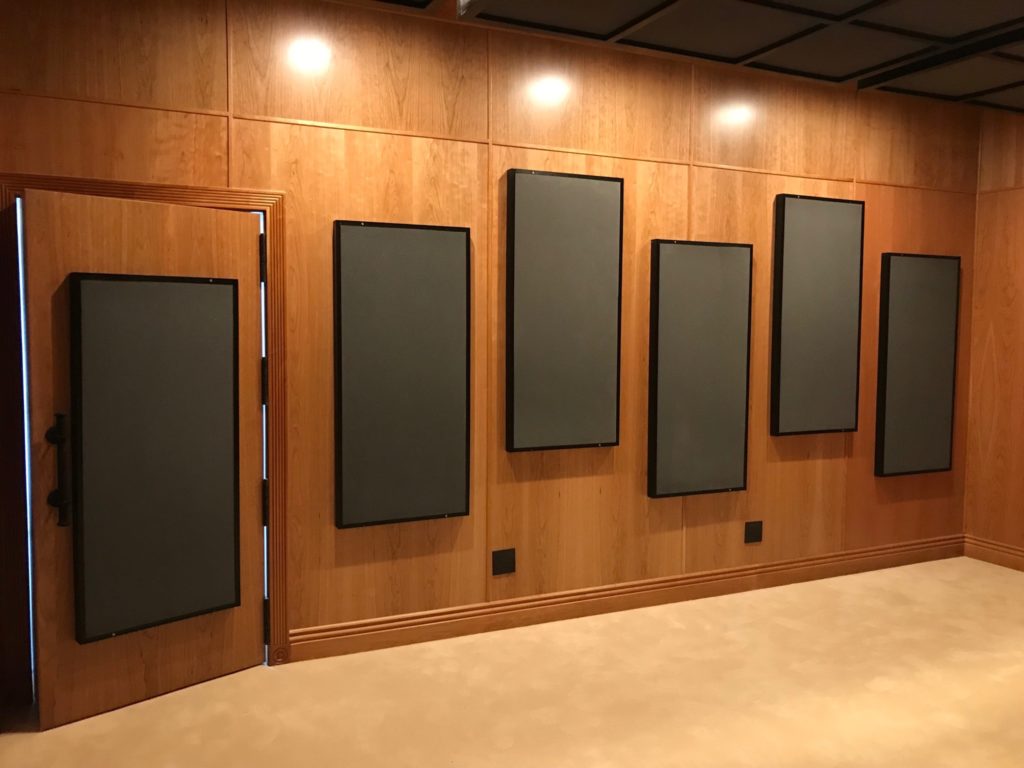
Table of Contents
Evaluating the Need for Sound Absorbing Door Panels
Sound absorbing door panels begs many questions. Why are these sound absorbing door panels required? Why do you want to absorb sound around a door? Do you just need sound absorbing door panels or are you trying to treat the complete wall? Are you mistakenly looking for sound absorbing door panels to attenuate noise transmission?
There is no panel you can place on a door or anywhere else that will stop noise transmission. Stopping noise is a permanent construction fix. Think of noise transmission as you are building a boat to place in the ocean. It must do two things well. It must be strong to deal with the ocean wave pressure. It also must not leak. No sound absorbing door panel can meet either of these acoustical objectives.
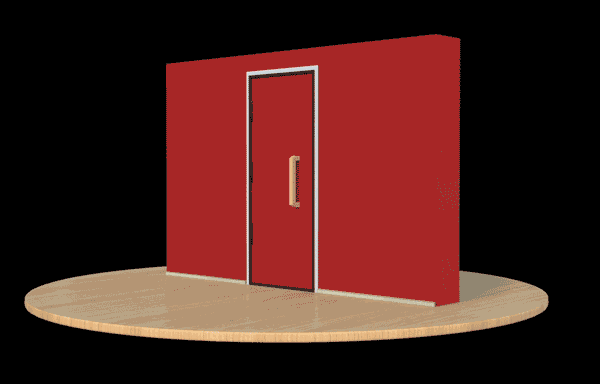
Understanding Noise Transmission in Structures
Sound (noise) is like water. It will find the weakest link in the barrier system and will go through that area. Doors and windows are the weakest links in any wall structure. They are not the same density as the existing wall structure. When noise sees different densities, it chooses the weakest one so it can “live”. Sound or noise is really vibration transmission. Airborne energy strikes a solid surface area and then turns into vibrational issues.
The goal with any noise barrier is to reduce the vibrational signature of the frequency and amplitude of the noise issue. Reducing the vibrational signature of noise requires a series of materials that are designed with their chosen densities to reduce the vibrational signature of the noise we are fighting to stop.
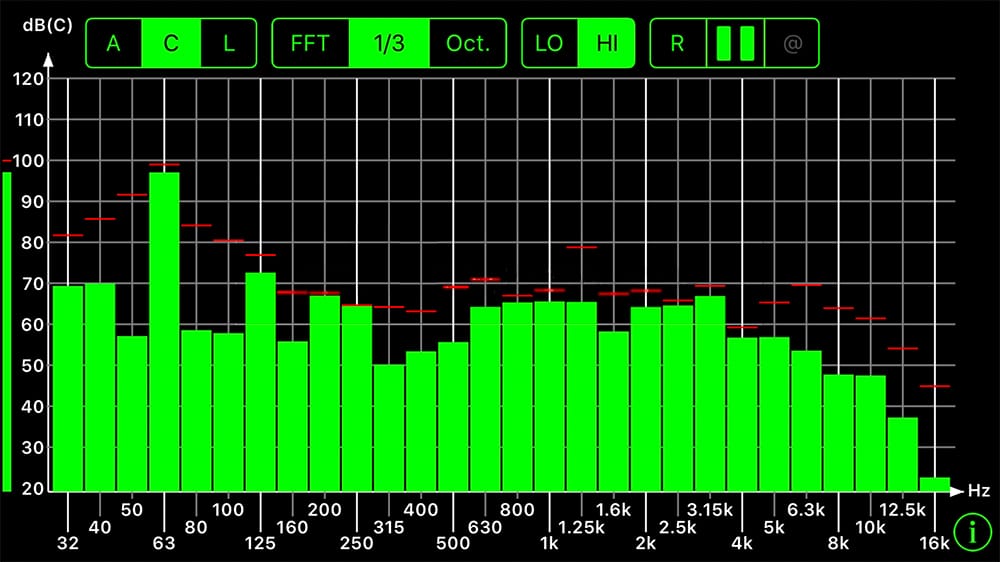
The Importance of Measuring Noise for Effective Treatment
All noise must be measured both for frequency and amplitude. Lower frequency noise has a completely different set of issues than middle and higher frequency noise. This is why we must always measure any noise issue. We must know what frequency the noise is at along with its amplitude or strength. The lower the frequency and the higher the amplitude strength is, the more density or mass we need in our barrier design.
A barrier is a structure that we build between us as the receiver of the noise and the noise source itself. Every material type we use in the barrier design along with the construction methodologies is strictly based upon the frequency and amplitude of our measured noise. Noise must be measured over a seven day time frame in order to see if there are days where the noise issue is louder. At Acoustic Fields we have a process where you can measure your noise issues using your cell phone.
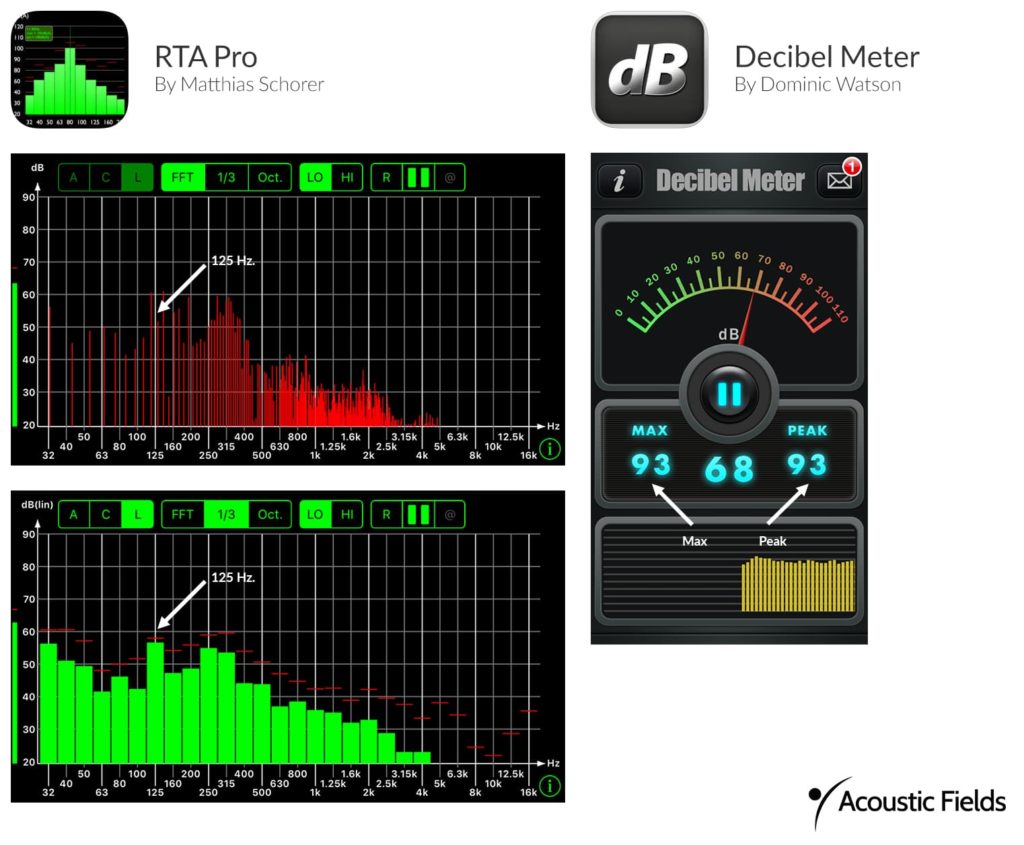
Implementing a Measurement and Barrier Design Strategy
We have apps that we will send you. You will download those apps to your phone. You will take noise measurements using your phone twice a day over a one week time period.. You will take one measurement during the quietest part of the day and the loudest part of each day. You will record the frequency and amplitude noise numbers on our on line data sheet and send it to us.
We will analyze your data and send you a drawing showing the materials you will use along with how to construct those materials together to deal with the specific frequency and amplitude of your noise issues. The barrier drawing you receive can be built using a DIY approach or you can give the drawing to a contractor for building. The barrier design is guaranteed to attenuate your particular noise issues.
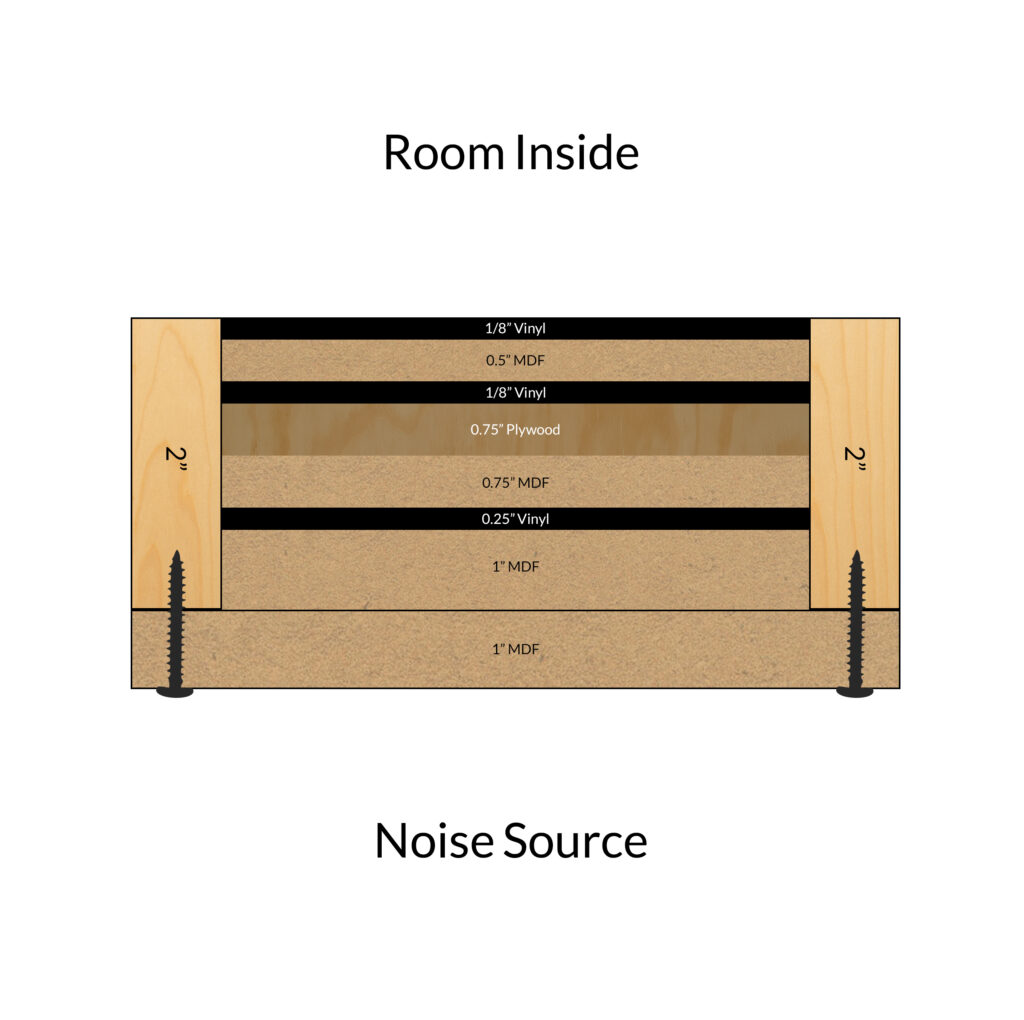
Addressing Low Frequency Noise Challenges
Lower frequency noise is much harder to deal with than middle and higher noise transmission. Noise that is below 125 hz. requires much more mass than noise that is in the middle and high frequencies such as voice. This is why it is so critical to measure all noise first and foremost. With any noise issue, your goal must be to spend as little as possible to get the best results.
You do not want to spend one dollar more to attenuate noise than you have to. You will never get this money back in the property when it is sold. Guessing with noise is also foolish and expensive. Most guess wrong and to compound the problem, the structure that was built using a guess will have to be torn down and built again. No one wants to ever do this.


